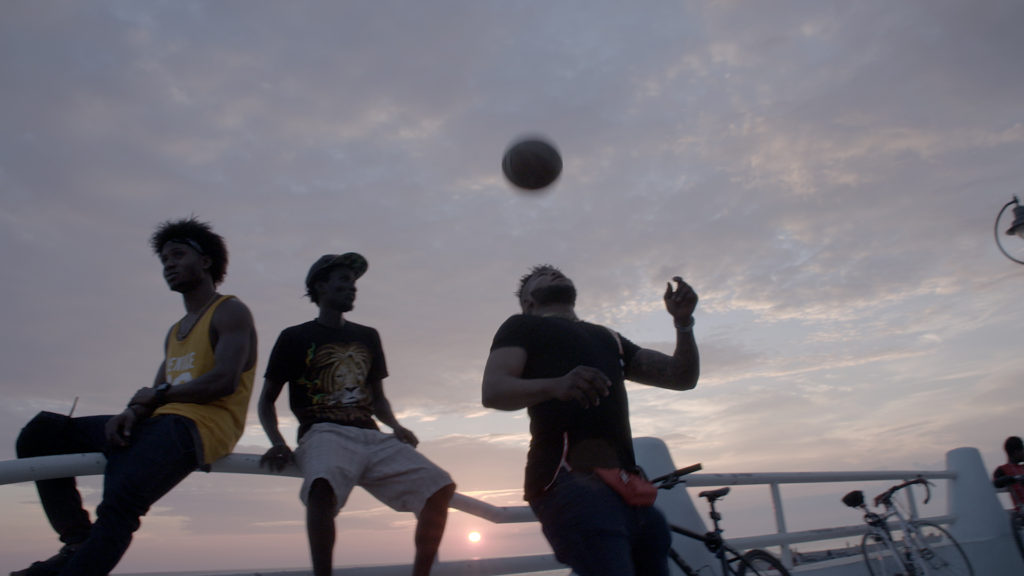refugee
My Hometown Means the Sea
MY HOMETOWN MEANS THE SEA: A NORTH KOREAN DEFECTOR’S POEM is a short film that has been commissioned by the Washington Post. The film was part of Anna Fifield’s in-depth story on North Korean defectors, who made a living in Seoul.
The film portraits young poet Eun-jeong Oh (26), who left Kyongsong (on the east coast just south of Chongjin in North Korea) in 2009. In an interview with Anna Fifield she describes her life back home and how she ended up writing poetry:
“My dad was a sailor, and he had alcohol problems, but still, I had a happy childhood. I used to swim in the sea every morning and every afternoon after school. My forehead was always white because of the salt from the sea. But then my mom left and my father was killed in a traffic accident, and my sister, who is 11 years younger than me, went to live with our grandma. I was living by myself in our family house. Then in 2009, I escaped, too. In North Korea, I had read only one novel, which I’d borrowed from a neighbor. It was all torn and there were pages missing, but it was all I had. In South Korea, I was always reading. At college, I discovered a wonderful Korean literature professor whose way of teaching was very emotional, and I ended up taking three classes with him. The whole time, I was writing down little notes in my phone. I didn’t even know that the notes I was writing were poetry. I was just scribbling spontaneously.”
“One fall day, I saw a maple tree with red burning foliage on campus. It was so beautiful, but I knew it would all be gone by the following week. Thinking about that made me think of the last time I saw my sister. At the time, I didn’t even know what a metaphor was, I just wrote. The biggest motivation for me behind writing poetry was missing my sister so much. I was so full of hurt, I was overflowing with hurt, and I had to let it out onto the page. It was a whole new world to me. I felt like each cell in my body was coming to life. My first book came out in 2015. It’s called “Calling Home.” I was invited onto a TV channel, and I gave poetry readings. That’s how I was selected as a rising poet, and I was asked to contribute to another collection. A lot of my works are related to North Korea. I have such fond memories of there. Even though there is oppression, there were also moments of happiness, and I don’t have to deny those times. People are hungry and life is hard, but the essence of humanity is the same.”
I would like to thank MIN JOO KIM, JOYCE LEE, JESSE MESNER-HAGE who together produced the film, UDO LEE, who recorded sound and ERIN PARICK O’CONNOR, who edited and color graded the film. The music is by APM MUSIC.







